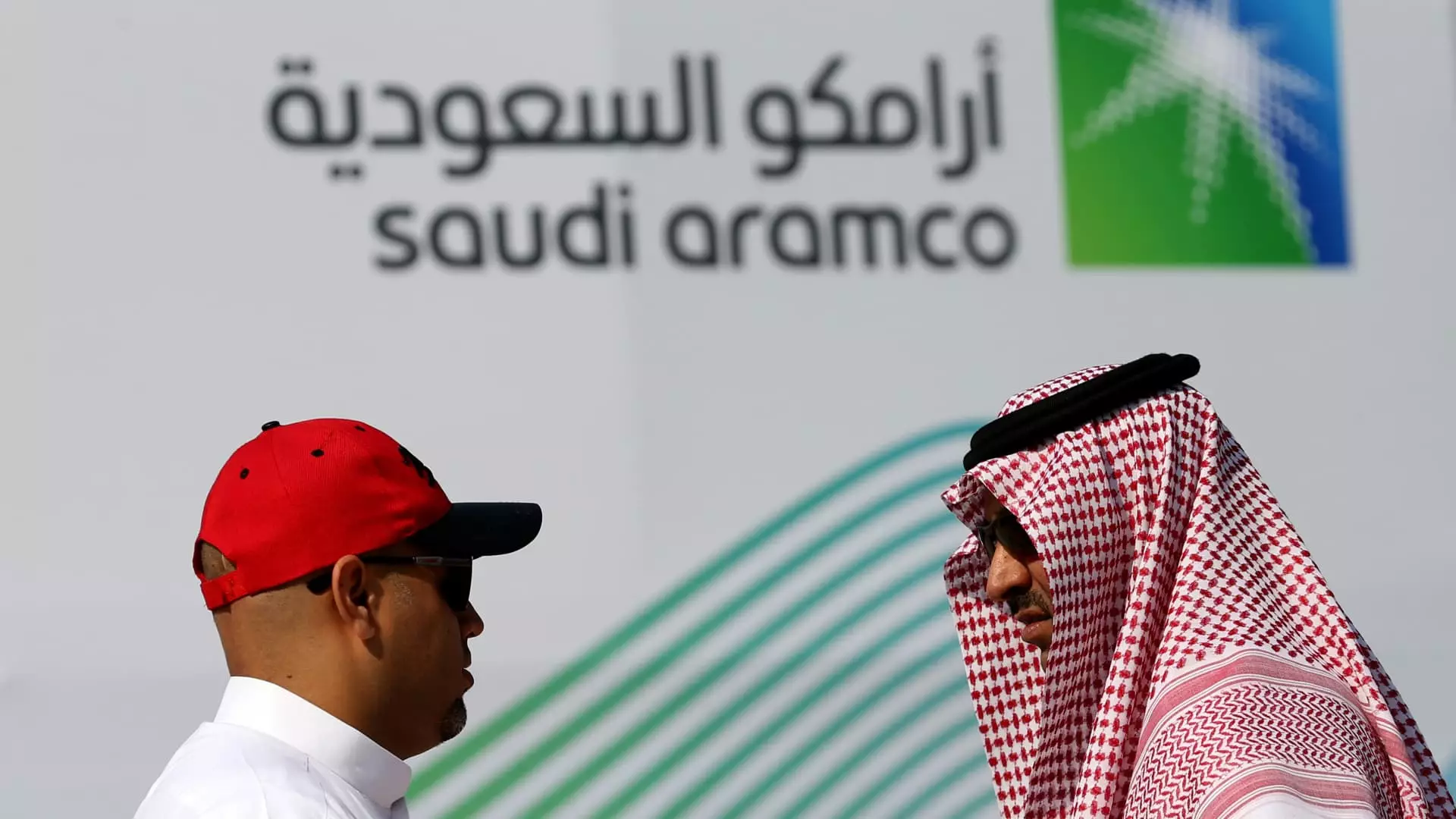Saudi Aramco, the state oil giant, recently reported a net profit of $29.1 billion for the second quarter of the year. This figure represents a slight decrease of just over 3% compared to the same period last year. The company’s net income for the first half of the financial year also saw a decline, dropping from $62 billion to $56.3 billion. Additionally, Aramco posted free cash flow of $19 billion for the second quarter, down from $23.2 billion in the previous year.
Despite the decrease in profits, Aramco reaffirmed its second-quarter base dividend of $20.3 billion and announced a performance-linked dividend of $10.8 billion to be paid in the third quarter. Looking ahead, the company expects to declare total dividends of $124.2 billion in 2024, according to its earnings release. Aramco CEO Amin Nasser expressed confidence in the company’s performance, stating, “We have delivered market-leading performance once again, with strong earnings and cash flows in the first half of the year.”
Following the earnings report, Aramco’s stock price rose by 1.31% after the opening of the Tadawul, the Saudi stock exchange. Many analysts had anticipated flat revenue growth for the oil company. A report by Riyadh-based brokerage firm Al Rajhi Capital predicted that Saudi Aramco’s Q2 2024 revenue would be relatively stagnant, citing lower production volumes offset by higher Brent prices compared to the previous year.
Saudi Arabia’s oil production output in the second quarter was reported at 8.99 million barrels per day, according to a July OPEC report. The country’s GDP has experienced four consecutive quarters of contraction, largely attributed to the oil production cuts. The oil sector in Saudi Arabia saw an 8.5% decline, as reported by the General Authority for Statistics. OPEC+ recently agreed to extend oil output cuts into 2025 in an effort to stabilize prices amid weak demand growth.
Despite ongoing supply cuts, the international benchmark Brent Crude has experienced a drop in price, falling from the mid $80-range to the mid-$70 range. These prices remain below the threshold that many OPEC member states, including Saudi Arabia, require to balance their budgets. Saudi Arabia, for example, needs Brent to reach $96 per barrel to maintain budget equilibrium, according to estimates from the International Monetary Fund.
Saudi Aramco’s financial performance for the second quarter reflects both challenges and opportunities in the global oil market. The company’s ability to maintain strong dividends and navigate fluctuations in oil prices will be critical in the coming months. As the world continues to grapple with uncertainties surrounding the COVID-19 pandemic and shifting energy policies, Aramco’s resilience and adaptability will be put to the test.

Leave a Reply